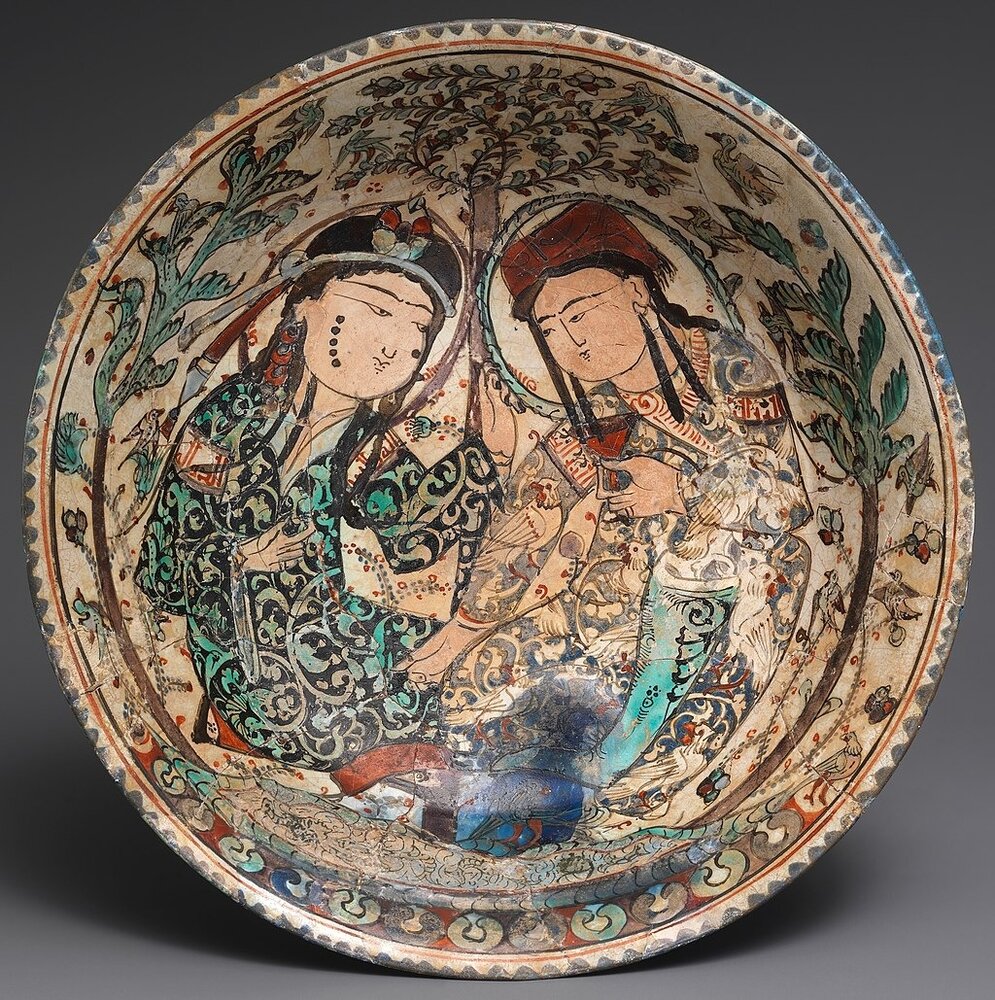Workshop looks at pottery know-how practiced in Ilkhanid era

TEHRAN – A workshop on the pottery techniques used by the craftspeople in the Ilkhanid era (1256 to 1335) was held in Varamin, a city in southeast Tehran on Monday.
The course aimed to introduce artisans and crafters to the pottery techniques customary during that period, Varamin’s tourism chief has said.
"Varamin was significant during the Ilkhanid period, so valuable items like pottery were left in this region, which should be recognized and introduced today, Zhila Khodadadi explained on Tuesday.
Ilkhanid dynasty, also spelled Il-Khanid, was a Mongol dynasty that ruled Iran from 1256 to 1335. Il-khan is Persian for “subordinate khan.”
Hulegu, a grandson of Genghis Khan, was given the task of capturing Iran by the paramount Mongol chieftain Mongke. Hulegu set out in about 1253 with a Mongol army of about 130,000. He founded the Il-Khanid dynasty in 1256, and by 1258 he had captured Baghdad and all of Iran, according to Britannica.
Members of the Ilkhanid court wore expensive clothes and accessories, whether they were traveling in luxurious tents or settling in one of their palaces for a while. Little is known about direct sponsorship and court workshops because few extant objects include inscriptions with dedications or signatures.
Nevertheless, the elaborate vessels inlaid with silver and gold and the lavish gilded blue-glazed lajvardina ceramics must have been a familiar sight for the ruler and his entourage and the most affluent people in Ilkhanid Iran and Iraq. Lajvardina (from the Persian lajvard, or lapis lazuli) tiles, painted in white, black, and red enamels and gold over a monochrome dark blue or turquoise glaze, were often used as well. The lajvardina technique seems to have been a specialty of Iranian potters during the Ilkhanid period alone and was abandoned after their rule.
However, it is still possible to appreciate the technical and artistic skills of the craftsmen who found inspiration in the new visual language brought by the Mongols.
The Il-Khans consolidated their position in Iran and reunited the region as a political and territorial entity after several centuries of fragmented rule by petty dynasties.
During the reign of the Il-Khanid Maumud Ghuzun (reigned 1295–1304), the Il-Khans lost all contact with the remaining Mongol chieftains of China. Mahmud Ghuzun himself embraced Sunni Islam, and his reign was a period of Iranian cultural renaissance in which such scholars as Rashid al-Din flourished under his patronage.
ABU/AFM
Leave a Comment